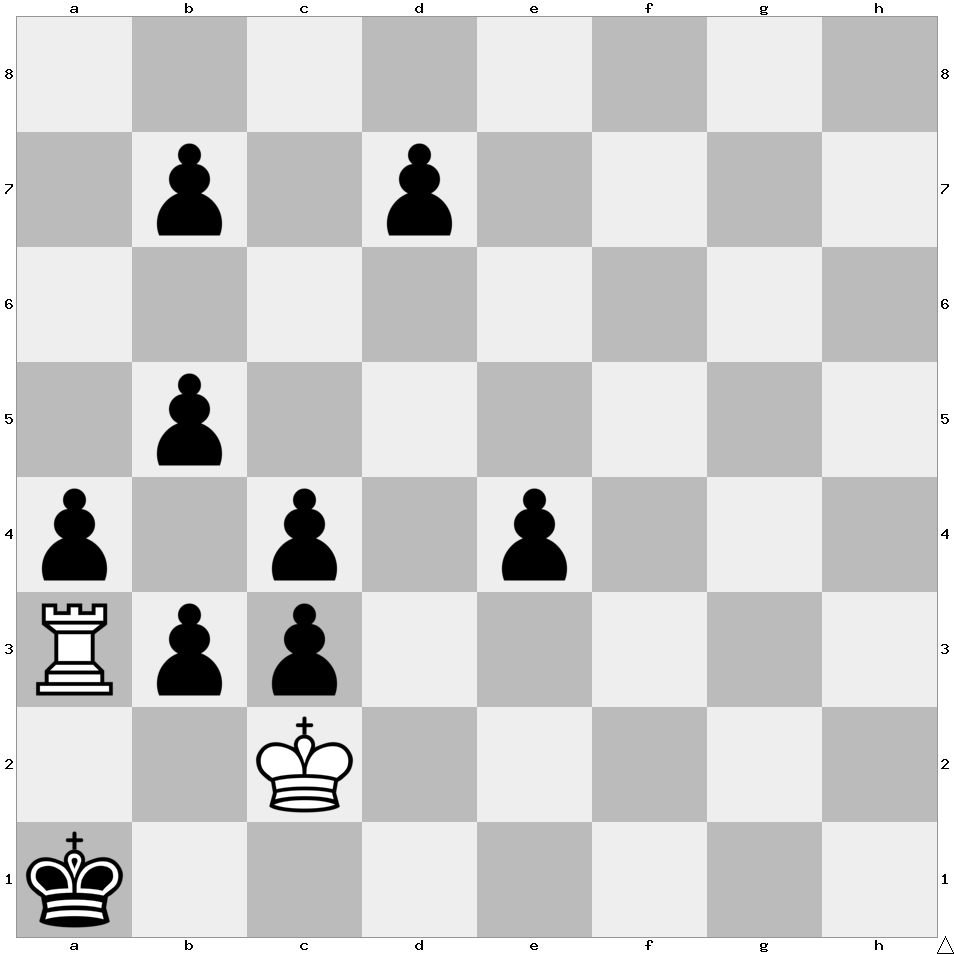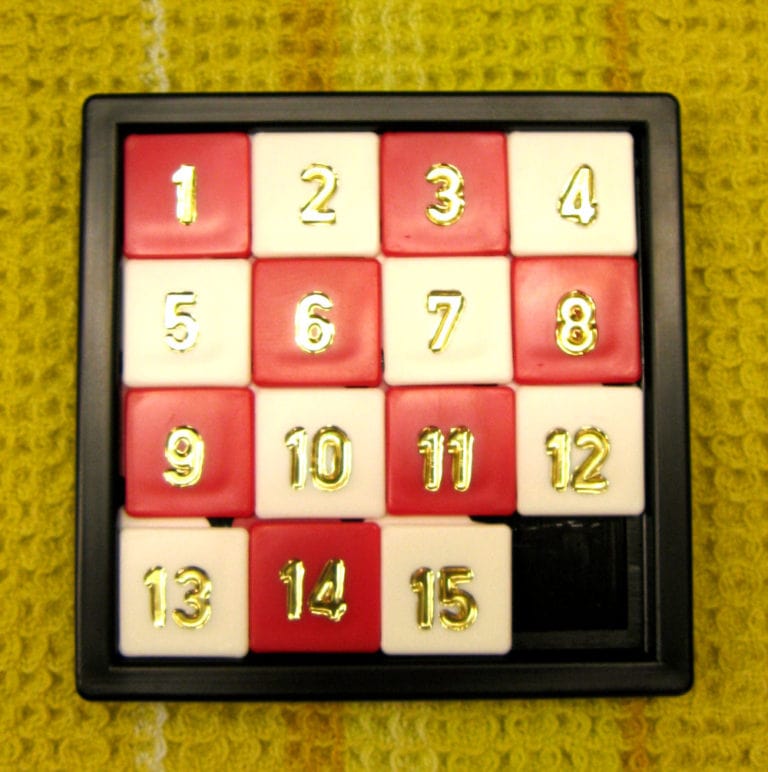Policeman and Thief
A town consists of 3 horizontal and 3 vertical roads, separated by 4 square blocks. A policeman and a thief are running along the roads with speeds of 21km/h and 10km/h respectively. Show that the policeman has a strategy ensuring he will eventually see the thief.

Remark: The policeman can see the thief if they are on the same road at some moment. He has no idea about his position at any time.
A working strategy for the policeman would be to go to the center and to start encompassing the four blocks clock-wise one by one, in a clockwise manner.
Since the policeman is twice as fast as the thief if the thief is in the center of the town at some point, then there exists a moment in which the policeman is in the center, and the thief is not on the boundary, i.e. he gets shot.
Now, assuming the thief never visits the center, his angle with respect to the coordinate system defined by the two middle roads changes continuously. The angle of the policeman with respect to the same coordinate system can be defined to change continuously as well. Since the policeman needs less time to increase his angle with 360 degrees than the thief, there will be a moment when the two have the same angle. However, this implies that the policeman will be able to see the thief and shoot him.




